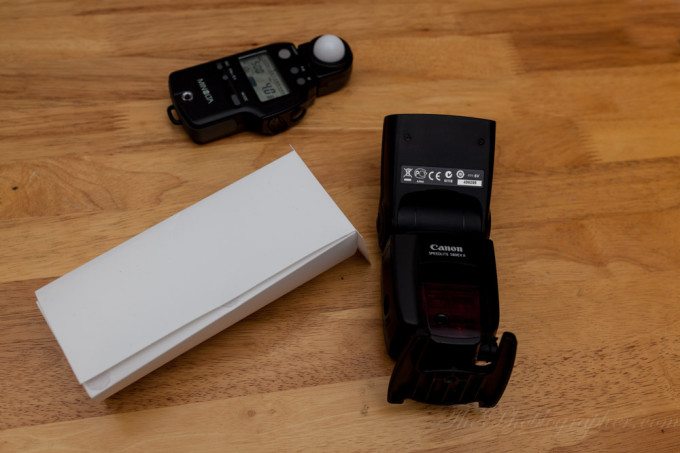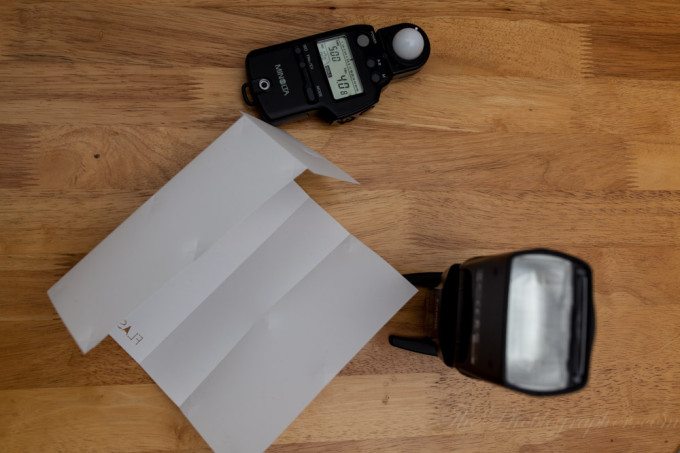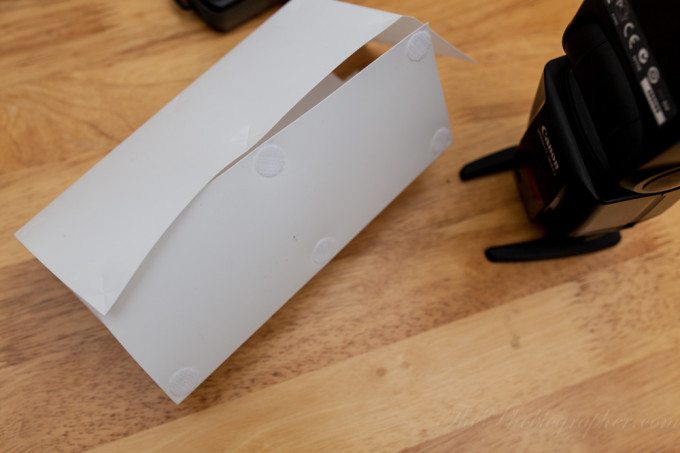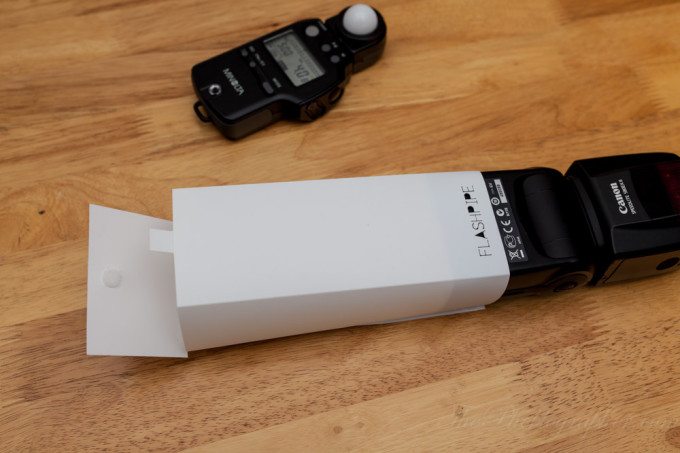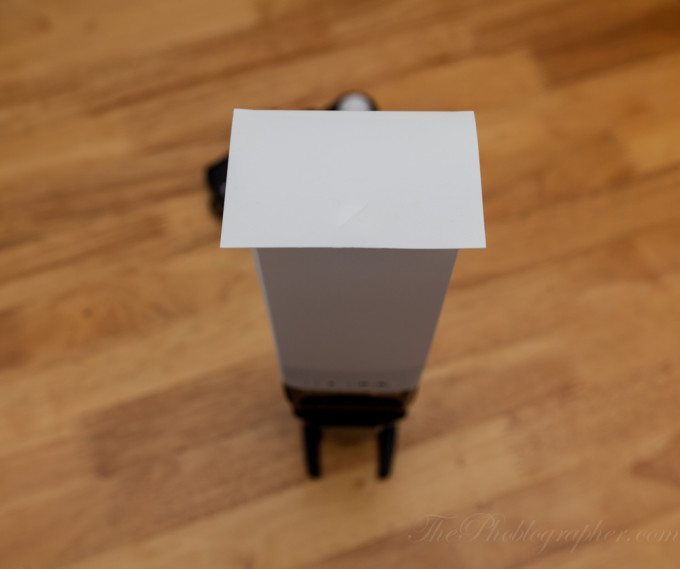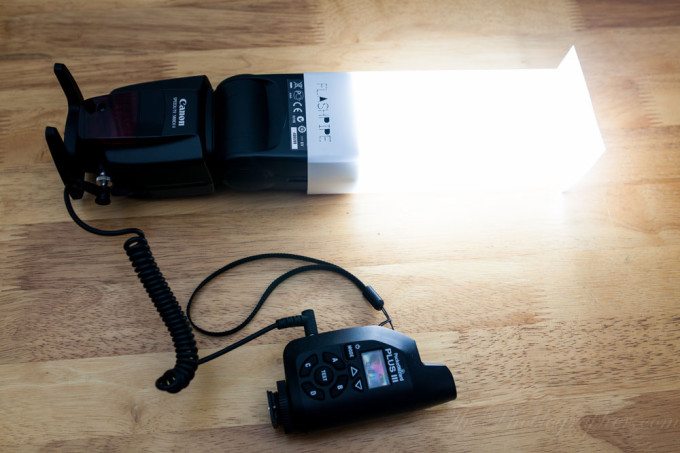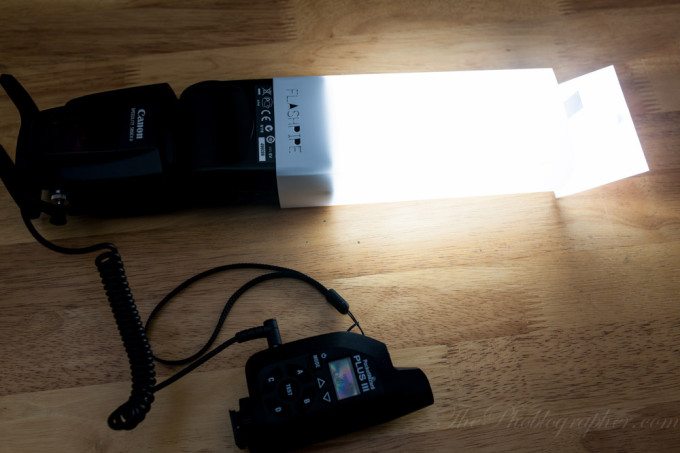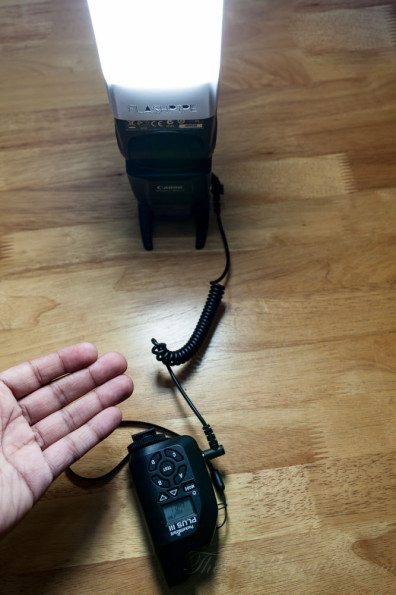Every now and then a unit comes in for review that makes us scratch our heads. We don’t believe that anyone ever sits there and says, “Let’s make a crappy product that won’t sell and that I’ll lose a lot of money on.” No–despite the hardships that the American economy is facing, I believe that no one does that. We were hooked with the Flashpipe by way of advertising on our website and being the primary strobist on the staff, I decided to give it a try.
This speedite modifier takes the existing light from your flash and traps it into the equivalent of a small light strip. But how is it so far?
Editor’s Note: Despite this company being an advertiser, please note that we take our editorial values very seriously and we would never try to mislead anyone.
Gear Used
For this test, we used the Canon 5D Mk II, 580 EX II, Sigma 35mm f1.4 EX, and the Phottix Odins.
Tech Specs
Specs taken from the B&H Photo Video Pro Audio listing.
| Material | White, translucent thermoplastic |
| Dimensions | 1.75 x 2.75 x 7.0″ (45 x 70 x 180 mm) |
| Weight | 1.0 oz (28g) |
Ergonomics
FlashPipe, when you first look at it, looks like an ordinary piece of paper that you could fashion into a light modifier by yourself at home. Photographers said the same thing about Gary Fong’s Lightsphere, but many people use it.
This particular modifier is made of a special plastic that wraps around the head of your speedlite but that arrives to you as a sheet that bends and folds.
In order to keep the FlashPipe around your speedlite, there are little pieces of velcro that meet one another to keep it together. It also arrives with a rubber band similar to what ExpoImaging gives you with their Rogue FlashBenders. The one that came with the Flashpipe broke though, and so I used ExpoImaging’s instead.
However, I was also able to develop enough of a seal that I didn’t need the rubber band underneath to keep it locked in tightly.
Once the unit is on, it is designed to typically work in the configuration above. The light will go outwards towards your subjects but it will also leak out and hit the ceiling. The aim is to provide better fill light by illuminating them with a little bit of flash from above but most of it being directly straight on.
If you don’t want that light to escape, you can close the flap and secure it using the velcro.
Build Quality
Bend it all you want, it it might warp a bit out of shape. However, you can easily put it back into shape with determined creasing efforts. As far as ripping goes, I wasn’t really able to do it when using just a tad more strength than I’d use to rip something made out of paper. The reason for this is because the FlashPipe is made of plastic instead.
I’m sure that if I really, really tried though I could probably rip it. However, in a real life situations no one is going to purchase this product to diffuse their light and try really hard to rip it. Sure, it will probably take a bump or two and might fall on the floor–in which case it might get a bit dirty. Thankfully, you can wipe it down and get rid of all the dirt.
I just really wish they came with a better rubber band though.
Ease of Use
During this product shoot, I had a cool idea to use the FlashPipe while hooked up to a PocketWizard Plus X to demonstrate how the light will come out. After using a light meter to adjust my aperture and setting the 580 EX II to 1/16th +3, I was able to capture this image above. This is how the light will be emitted when the top is closed.
When the top is open, the light will leak out just a bit more out of the open orifice. In another metering test, we saw around 1/10th of a loss of lighting efficiency–seriously not such a big deal at all considering how good modern camera sensors are. One could conversely bump up the ISO 1/3rd of a stop or open the aperture a tad.
With the top closed, here is how the light falls. See the shadow? Granted, my hand is very close to the light at this point.
Light Loss
In a test involving a handheld light meter, we measured a light loss of one stop when the FlashPipe was attached.
Image Quality
Using the Flashpipe provided me with a mixed bag of results. In general, the lightout put can be very good if you keep your aperture wider open than f3.5 in E-TTL mode when you’re around scenes with tall ceilings of around 12 feet or higher. If the ceilings are lower, you’ll have no problems at all with the top open. After that, you’ll need to switch to manual mode in my experience to get better results. However, that is more of a problem with the TTL transmission than anything else. Additionally, this unit had more problems than I typically experience when using them in high speed sync mode. To this day though, softboxes are still the only units that I can totally work with when the flashes are in this mode.
Used on Camera
Though I’m significantly more partial to working with any flash off of the camera’s hot shoe, this particular light modifier gave off very soft light just in the way it says it does.
While the company also touts that it should be used with the camera in the horizontal position, I felt that my personal favorite results were when the camera was flipped in the portrait position and the flash was facing upward–just like a Gary Fong Lightsphere.
If you remember earlier on in the post, I mentioned two different configurations: with the top open or closed. To get the image to the right, I needed to shoot with the top open. That helped to soften the shadow behind Lulu quite a bit while still giving off some very nice light that was very specular but not overly done.
The crowd this item is targeted towards–the wedding photographers, photojournalists, and event photographers–will be very happy with the results that they get. Additionally, these events tend to have lots of moments where people drunkenly may spill something on or near you. The plastic that makes up the FlashPipe will allow wine or anything else to easily be wiped off.
When I used it on the camera, I was chimping my screen to see the results and tried to figure out what other light modifiers I could liken the output to. The closest thing that I was able to come up with was a fusion between both a Gary Fong Lightsphere and the ExpoImaging Rogue FlashBenders.
One suggestion to make this item better would be to line the interior with silver and perhaps make the front a bit more translucent. If this were done, it would give off a look similar to something like a Westcott Apollo Orb (but much smaller, mind you.) Still, this is the way that I would personally enhance the product.
Used Off-Camera
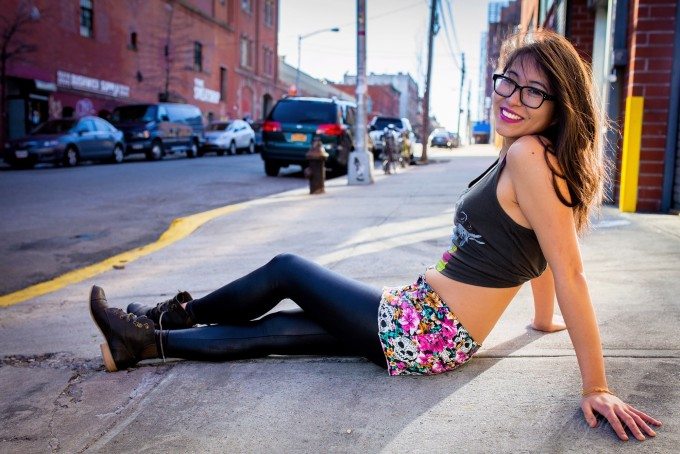
When working with speedlites, I’m the type of person that likes setting up bunches of them in areas with light modifiers on them. For this particular test, I used the 580 EX II with the FlashPipe while my 430 EX II was stuck inside of the Chris Gampat Beauty Dish Hack. For the photos on the stairs later on, we used the FlashPipe on the 580 EX II with a 42 inch silver reflector to evenly illuminate Lulu.
The FlashPipe acts like a lightstrip–and so when it is in the right place, it can really shine. But I wouldn’t particularly put two of them on my subject for the particular looks that I love going for. Personally, my favorite modifiers are beauty dishes, umbrellas and softboxes. However, lightbanks are best suited for product photography in my opinion.
Here are some more sample images.
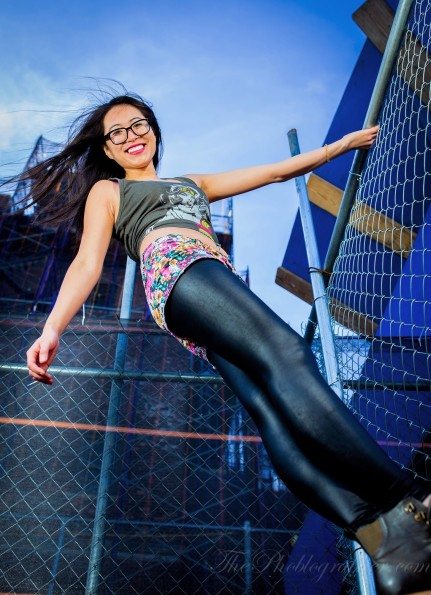
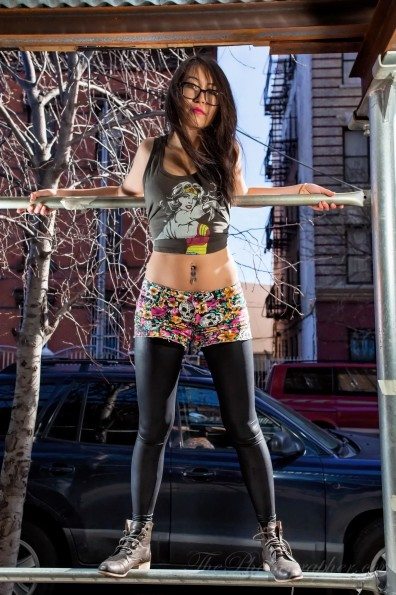
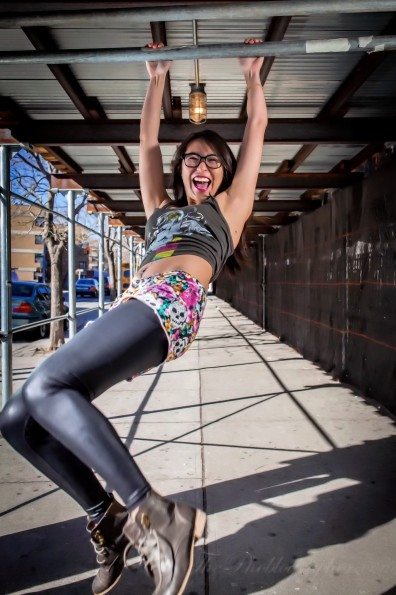
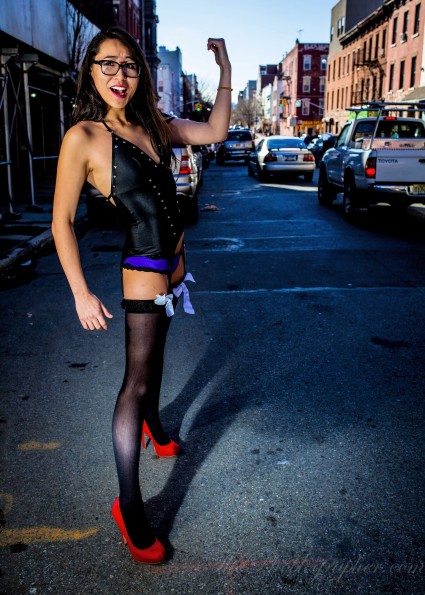
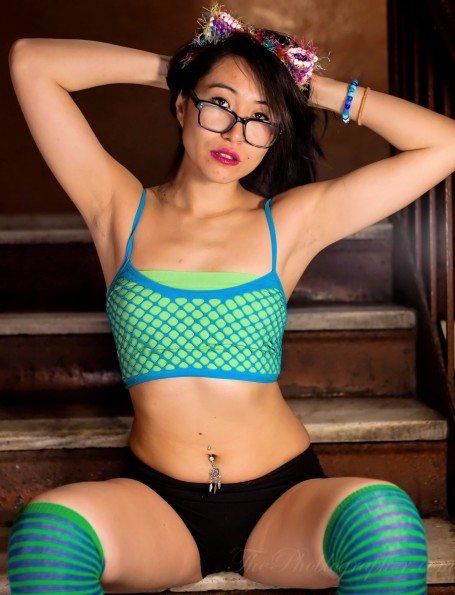
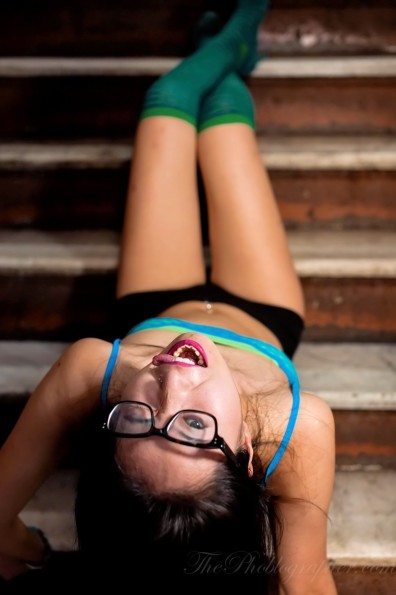
Conclusions
The FlashPipe does its job and does it very well if you can work with it and think of it almost as a Gary Fong Lightsphere with softer light output. In fact, the FlashPipe has significantly softer light output, and so this will be prized for photos where that is needed. This would have been an excellent item for me if I were still shooting weddings and events. But my work has evolved into doing more portraiture work. If you’re doing the same as I am, consider this only if you are working in environments with lower ceilings or if you’re fine with also using reflectors.
Please Support The Phoblographer
We love to bring you guys the latest and greatest news and gear related stuff. However, we can’t keep doing that unless we have your continued support. If you would like to purchase any of the items mentioned, please do so by clicking our links first and then purchasing the items as we then get a small portion of the sale to help run the website.


